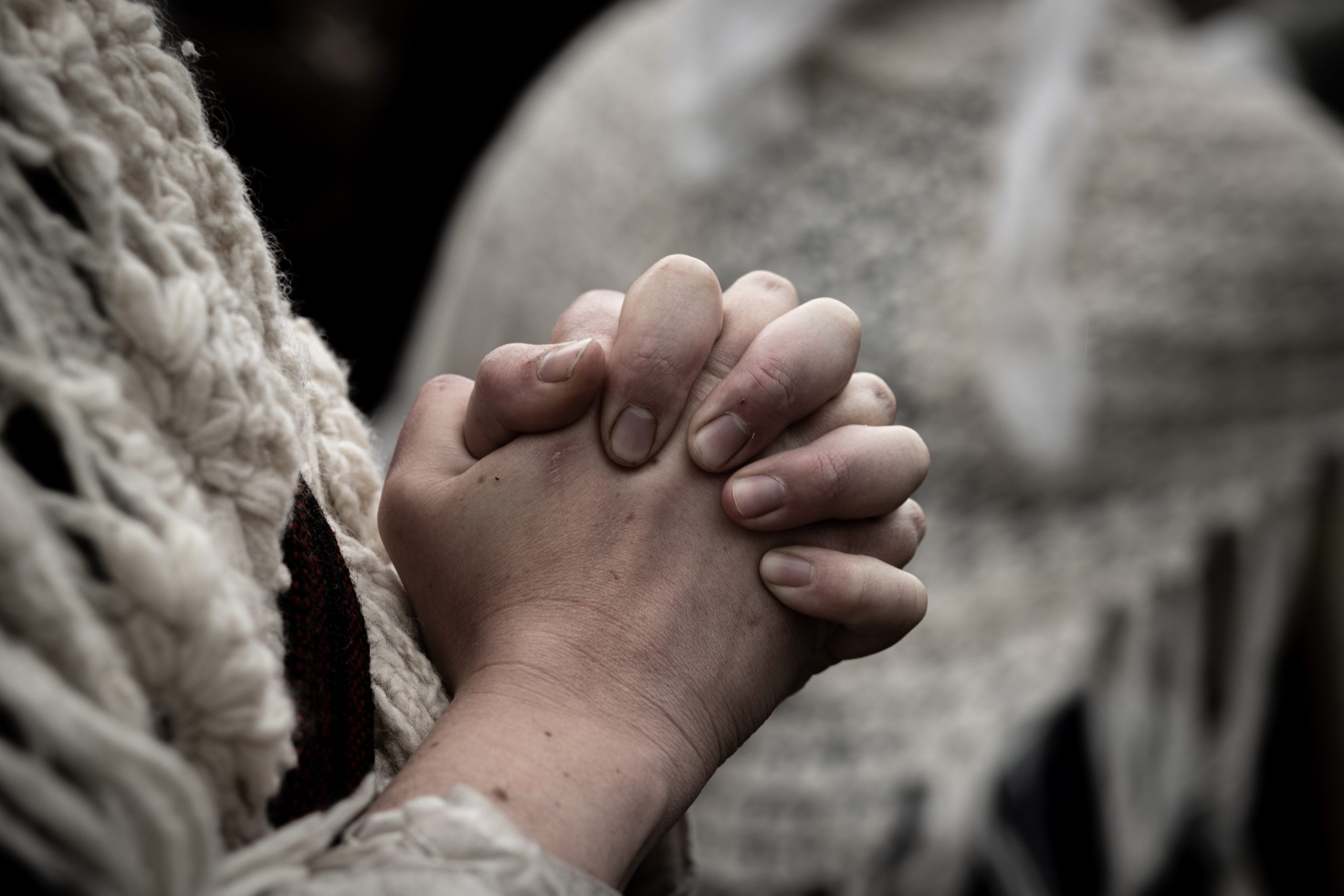Tag: religion
-

Christianity is an Immersion Closet
“Never, before the recent re-run of the larp Snapphaneland, had I had religious play as deeply immersive and moving.”
-

Vedergällningen, the Vengeance: a Viking Horror Larp
Vedergällningen was a Viking horror larp in Sweden focusing on the relationships between humans, their community, and their gods.
-

Writing an Autobiographical Game
in
Designing an experience that explores autobiographical themes through metaphor while also incorporating characters based on real people.